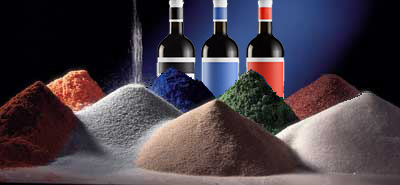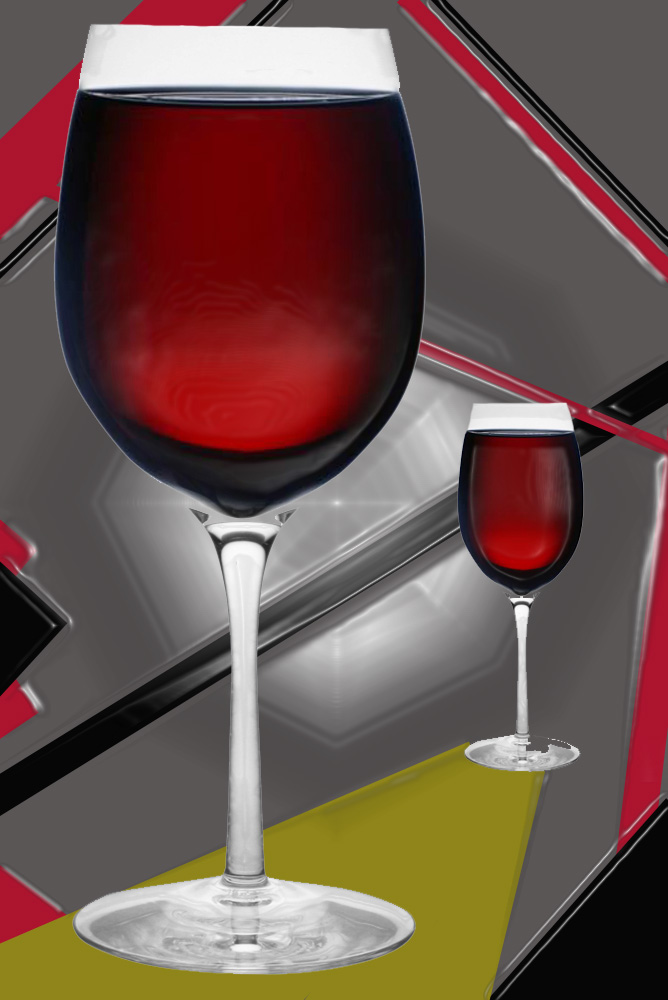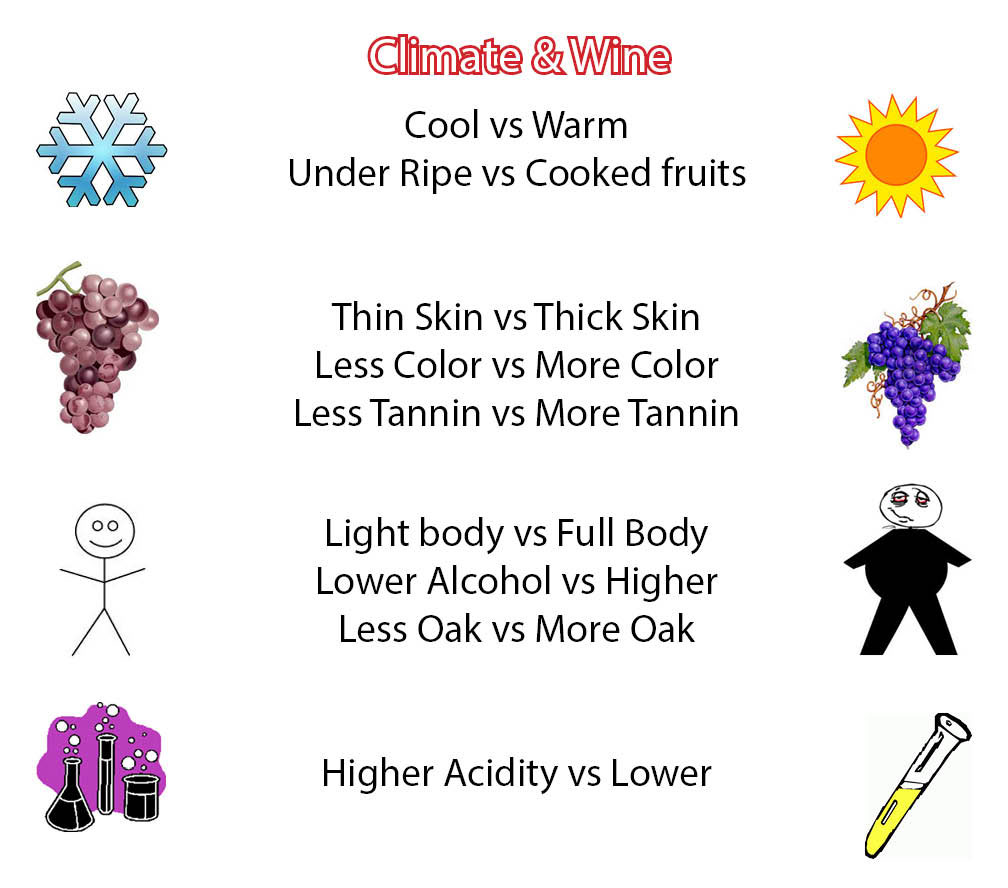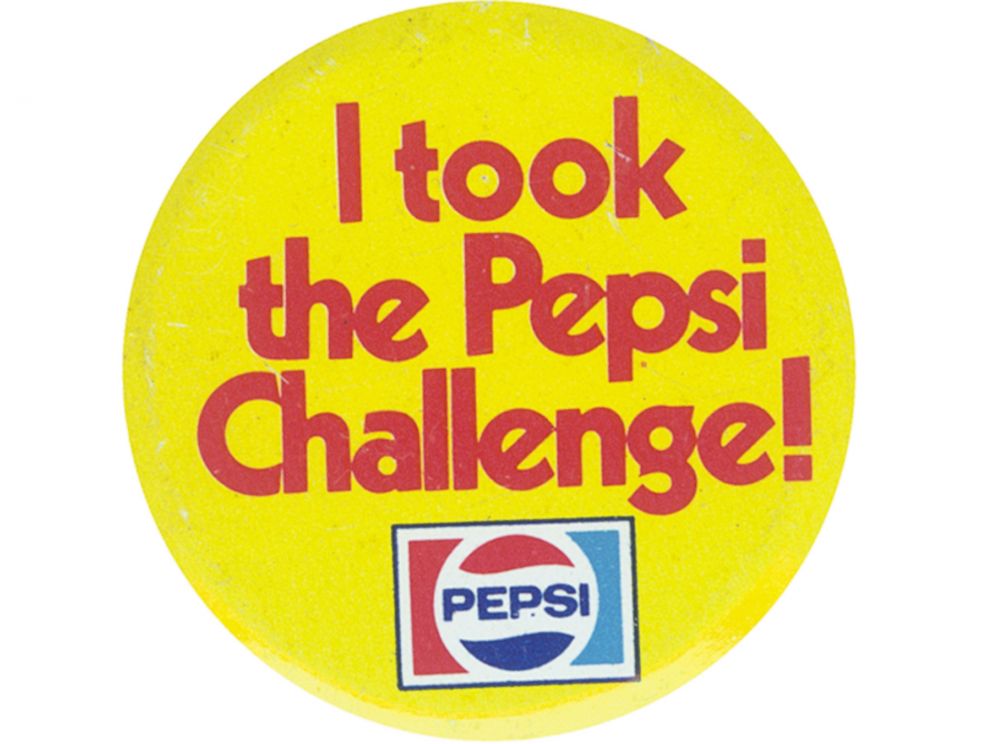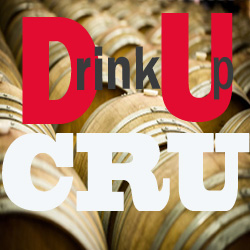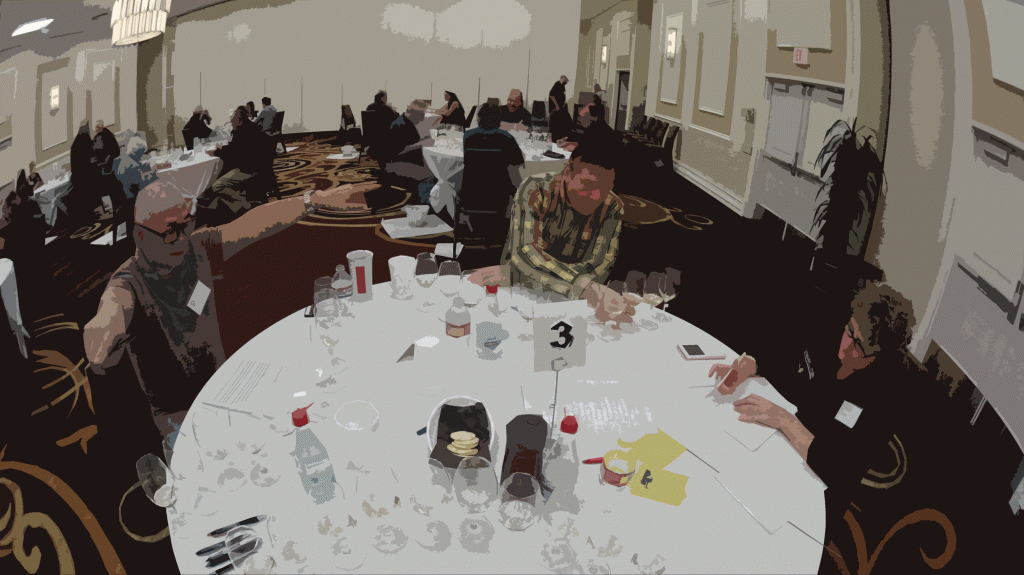Posted on March 30, 2017
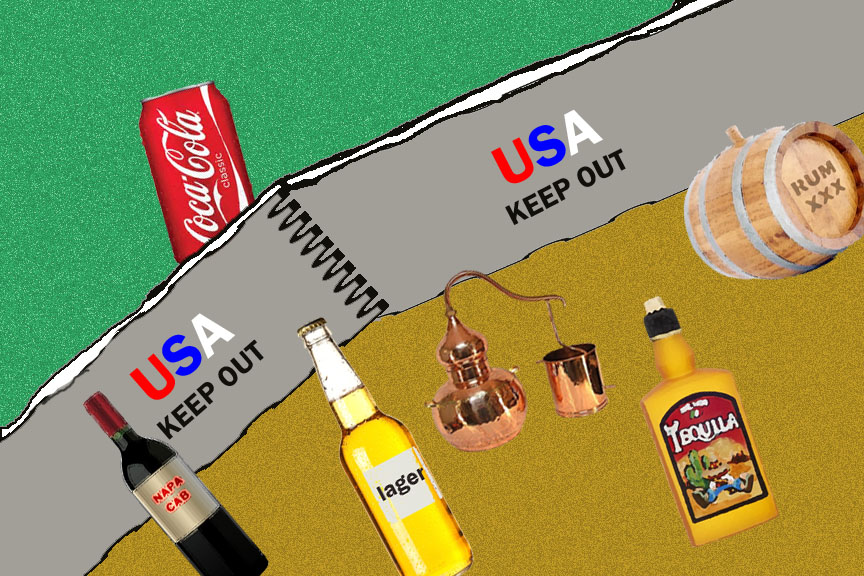
Immigration is a hot topic in the media today. My entire family were immigrants and look at us today, well integrated and contributing to society. I cannot stand aside and keep quite when I hear the rhetoric of how immigrants are destroying America. I will prove to you that without immigration we would not be enjoying what we enjoy most, alcoholic drinks. Here is a quick look at the history of alcohol and immigration and how it influenced our society, politics and traditions.
It is believed that the first alcoholic beverage was discovered by monkeys when they drank fermented date palms. Those monkeys soon realized that the world was a much better place to live in once they chewed on those dates. Ever since then humans have used alcohol for similar reasons, to improve the quality of life. At first it was essential, water was not palatable and fermented grain water and grape juice was. It also supplied carbohydrates, antibiotics (as discovered in the bones of mummies in Egypt) and of course made us happy. The first sign of fermented beverages were in the Caucasus mountains (where the Caucasian people came from), today known as the area of Georgia just north of Turkey and Iran. Mesopotamia eventually had the first city states which arrived from agriculture which was linked to farming grains for beer and bread.

As centuries went on, migrants from Phoenicia, Babylonia, Egypt, Greece Carthage and Rome passed through these areas changing alcohol forever. The Greeks were immigrants from the isle of Greece and brought wine to the Mediterranean regions of Italy, Spain and France. The Romans immigrated to northern Italy and learned wine making from the Etruscan, they went on to migrate throughout the European continent spreading vines, oak barrels and roads on which to spread more juice. They also learned from the Northern barbarians how to brew beer, mead and cider. They introduced wine to the Germanic tribes and Gauls.
Distillation was first discovered in Pakistan. It was perfected in Arabia buy Muslims. The Moors migrated to Spain and with them brought distillation. Celtic immigrants in Northern Spain were booted from the country and pushed north to Whales and Scotland where they invented whiskey. The English migrated to Portugal and Spain where they found sherry and Madeira. Madeira became the staple for England’s major migration throughout India, Caribbean and America. The wine lasted long voyages and traveled well, it kept the English alive and drinking.

What about illegal immigration? What I mean is slavery. This is really the only real illegal immigration that ever existed. Africans pulled away from their lands and brought against their will to the islands of Barbados to make Rum. Rum became the spirit which changed the world. English plantation owners planted sugar cane, sold the sugar to England (eventually destroying the massive Madeira sugar trade by under pricing sugar) and with sugar’s waste, known as molasses created rum. Plantation owners of Barbados became the first Tycoons. Those tycoons returned to England and built porter breweries, forever changing beer. Rum made it’s way to the Americas where immigrants known as pilgrims were trying to make a go of it with beer and whiskey. Unfortunately grains were difficult to grow, rum was easy to produce and it became the drink of the colonists. England’s taxation on sugar, molasses and rum eventually led to the War of Independence.

Following the War of Independence, Americans stopped drinking rum. They turned to those Scottish and Irish immigrants who were producing whiskey in the back woods. Whiskey eventually became the American spirit. However, there was a temperance movement starting up in the early 1800’s which outlawed the sale of liquor. It did not last long, immigrants were smart and found loop holes. For example, instead of selling liquor they would sell a show and serve liquor for free. The temperance movement did not last long. There were more immigrants on the way to put an end to it.
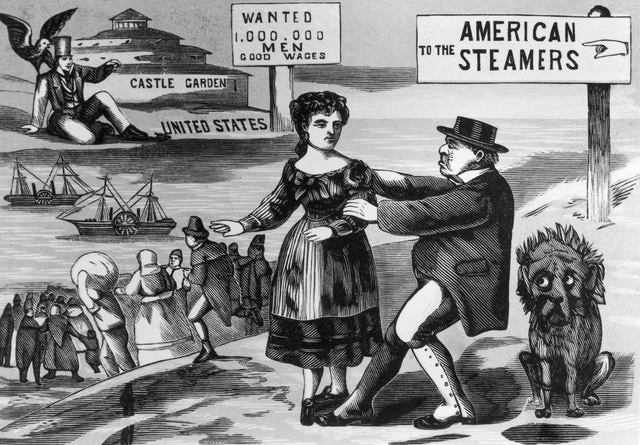
The US was hit by massive German immigration known as the 48ers. These German immigrants brought with them the lager. The beer that changed the world. No longer were people drinking heavy stale ales, but fresh light low ABV lagers. These Germans became barons and the first lobbyist. They used their wealth to help change laws. They created the income tax, allowing them to win favor from the government. The US Government did not impede on there business and left them alone to produce beer, it was handsomely rewarded through taxation. The Germans brought with them the beer garden, a place for families to get together and spend Sunday afternoons. As the Barons become wealthier, beer gardens became theme parks. If it weren’t for immigrants we would not have America’s favorite past time, roller coasters and carnivals.
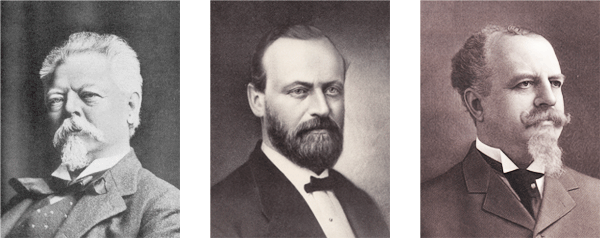
The down side was the temperance movement had almost a century to organize and latched on to anti immigration mantras as scare tactics. WWI gave rise to this new movement and with it came anti-German sentiments. Whiskey was a problem. The beginning of the industrial revolution brought stress to family life. The poor working conditions and low wages combined with the abuse of men drinking whiskey, led to a lot of spousal and child abuse. Rather than demonizing whiskey, it was easier to demonize beer since it was made by Germans. It was easier to get people to hate the German’s than it was to hate American whiskey. This anti immigration scare tactics led to the darkest times in our lives, PROHIBITION. No alcohol for 13 years.
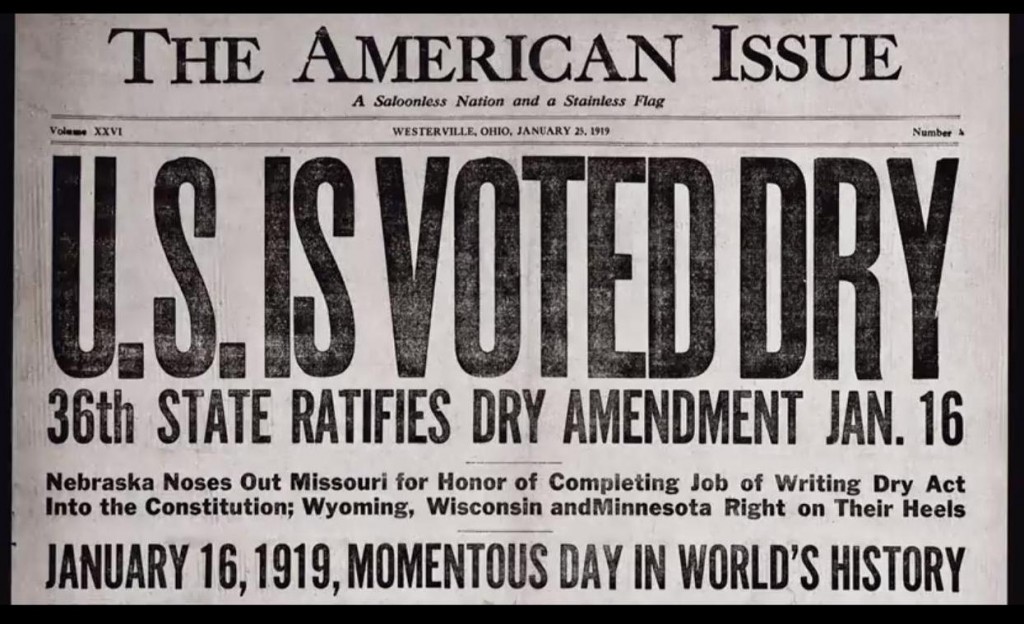
It took another immigrant force to make a change. The Cuban and Italian immigrants. Cuba became the place for wealthy Americans to go and have a drink. Cubans saw that there was a need for liquor in the US. Most of the US distilleries closed and those that remained opened were forced to produce alcohol for medicinal use. Their limited production was not enough to feed the rise of many speakeasies and under ground drinking joints. Rum was easy to bring from Cuba. The Italian immigrants being wise business people, took the lead with bootlegging. Hence the rise of the Mafia’s power. This bootlegging led to the resurgence of Rum in America. after prohibition, whiskies still needed to age, and rum was readily available. And so was the only drink that prospered from prohibition, Coca Cola. It was a no-brainer, the Cuba Libre. We later saw Hollywood jump on the rum wagon and Tiki became they thing. Cocktail bars pooped up, Elvis goes to Hawaii and Gilligan gets stranded on an island.
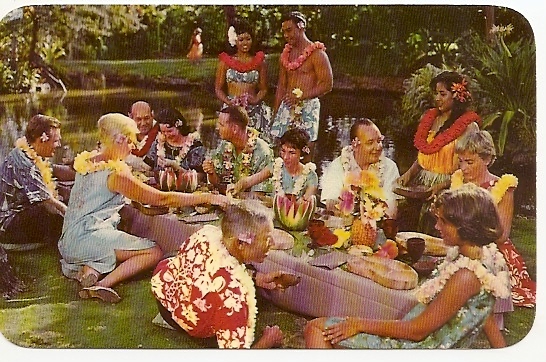
Prohibition ends, and WWII begins. Instead of being able to produce grains for beer and whisky we had to produce grain for the war effort. Not only was rum an obvious choice, but so were grapes. However, WWII brought its own discrimination against immigrants. This time the Asians. The fact that we were at war with Japan, meant that at home we were at war with the yellow people. Up to this time, the grunt work force were the Chinese. We needed a new grunt worker. So we opened the doors to Mexico and invited a new worker through the Bracero program. These Mexican workers were temporary workers. Eventually Mexicans from southern Mexico made there way north and gave rise to to our border towns. This work force also gave rise to wine in America. Without the Mexican we would not be able to enjoy Napa Cabs.
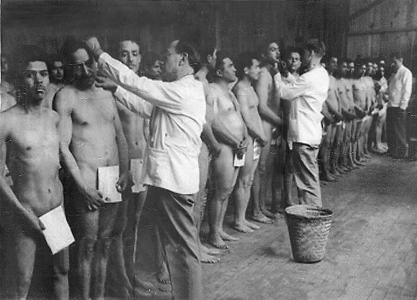
These immigrants also brought with them a new spirit, Tequila. Tequila was easy to get. Whiskeys need time to mature and whiskey was not readily available. Tequila was ideal. It soon became the drink of colleges and fraternities. And to this day everyone has a tequila story. The tequilas of this time were pretty awful. This is why people bit in to a lime and licked salt so that they could cover up the taste. Tequila has changed drastically, so please, do not ruin today’s Tequilas with lime and salt. And the only reason you have a tequila story is because you shot it, so please take your time when drinking Tequila and sip it.
Although Vodka is really not directly related to Russian immigrants, it is today’s most order spirit. It came to fashion during the cold war when Americans took an interest to the taboo. Wasn’t it strange that we were allies in the two World Wars, and immediately following them we became mortal enemies. Then there was all this anti-communism banter, which only made us more inquisitive. Our best marketing firms new how to sell vodka. They sold it as the “breathless” spirit, meaning that you can go on your lunch break shoot back a few martinis and return to work without anyone noticing it on your breath.
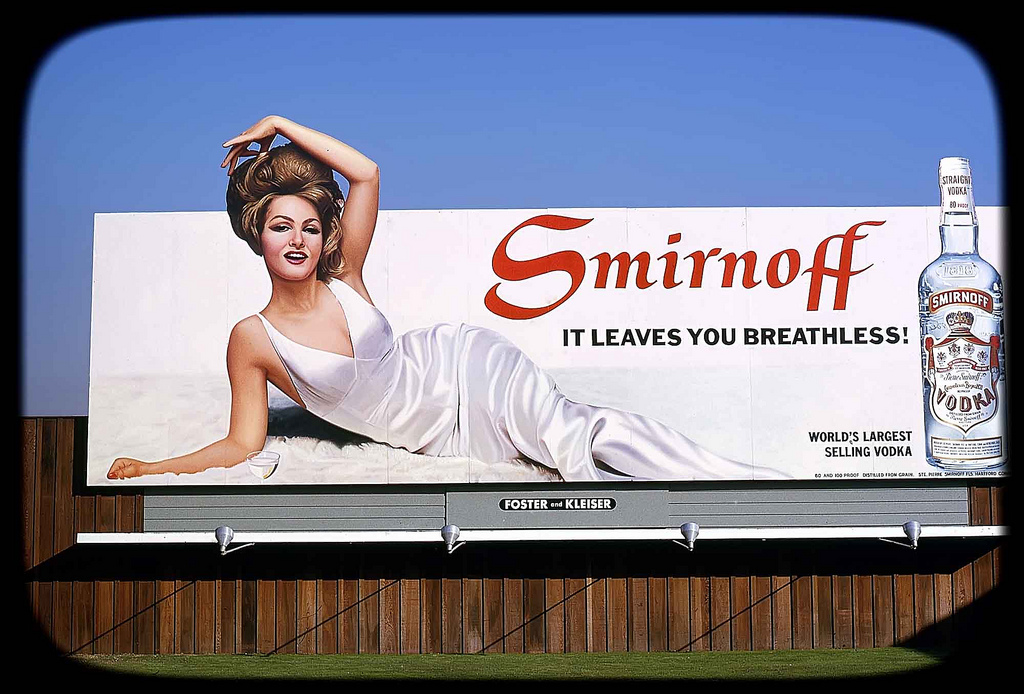
Okay, it might not be related to immigration but it does make me think that whenever America has an enemy in the world, it might be good to see what they drink. So far all our enemies and unwanted immigrants have given us something to drink which I would never want to return. Today we are back where we started, political leaders preaching anti-Muslim rhetoric. Let me remind you that if it was not for these non-drinking people, we would not have liquor today.
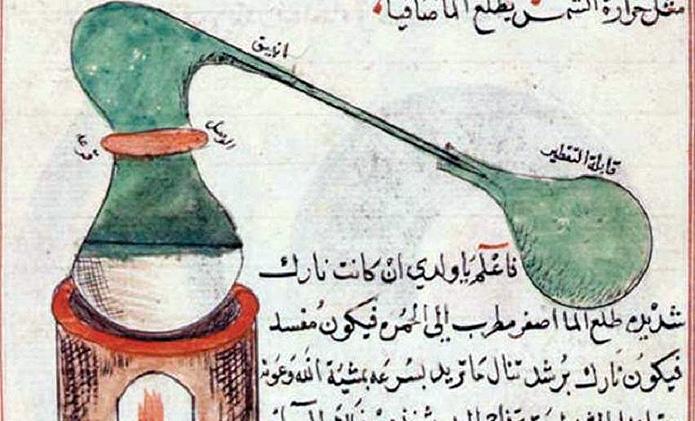
This brief look at the history of alcohol brings to light the importance of immigration. Immigrants are looking to better themselves. When a person’s frame of mind is one of improvement and forward thinking, only good things can come. It is rather those that feel that they are entitled to something with out working for it that effect us in a negative way. Be aware of anti immigration rhetoric and look back through history and see what immigrants have accomplished. America not a melting pot where we melt into one sticky gooey homogenized fondue. America is but a punch bowl. Some of us are limes, some of us sugar, others water, and the rest of us are different fruits; each ingredient makes the drink more complex and delicious.
“Our national drug is alcohol. We tend to regard any other drug with extreme horror” – William Burroughs
“Remember, remember always, that all of us, and you and I especially, are descended from immigrants and revolutionists.” – Frankin D. Roosevelt

